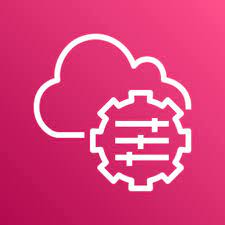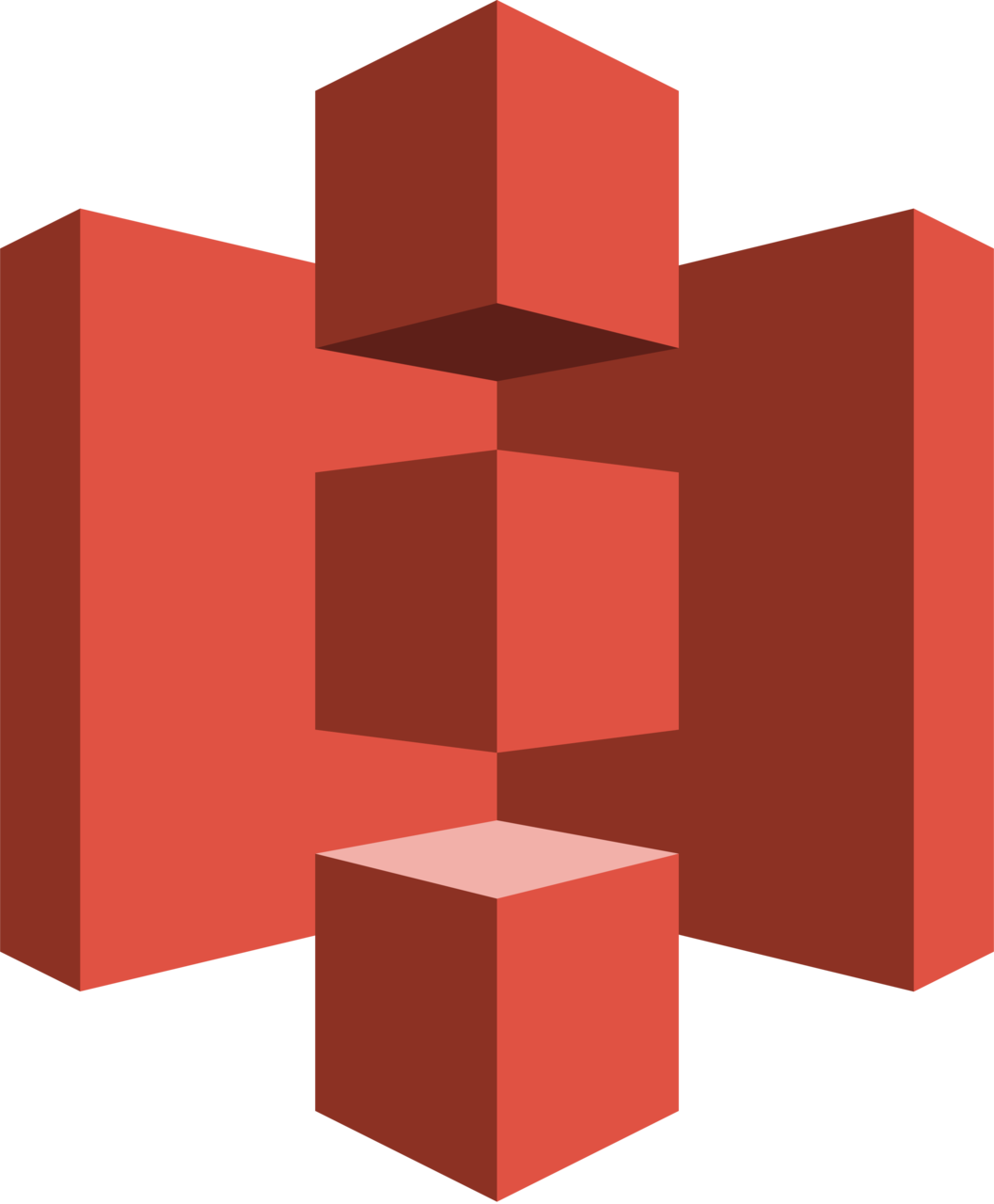Let us simplify your Cloud Journey by eliminating clutter to realize the untapped Cloud-Native Potential of your applications!

KansoCloud is now an AWS Advanced Tier Services Partner
KansoCloud has a global team of AWS Certified Solutions Architects that have helped us achieve our AWS Advanced Tier Services Partner status. We have experience across many different industries where we have developed custom solutions that meet and exceed customer expectations. Below are just a few of the many AWS Services we have extensive experience with:









